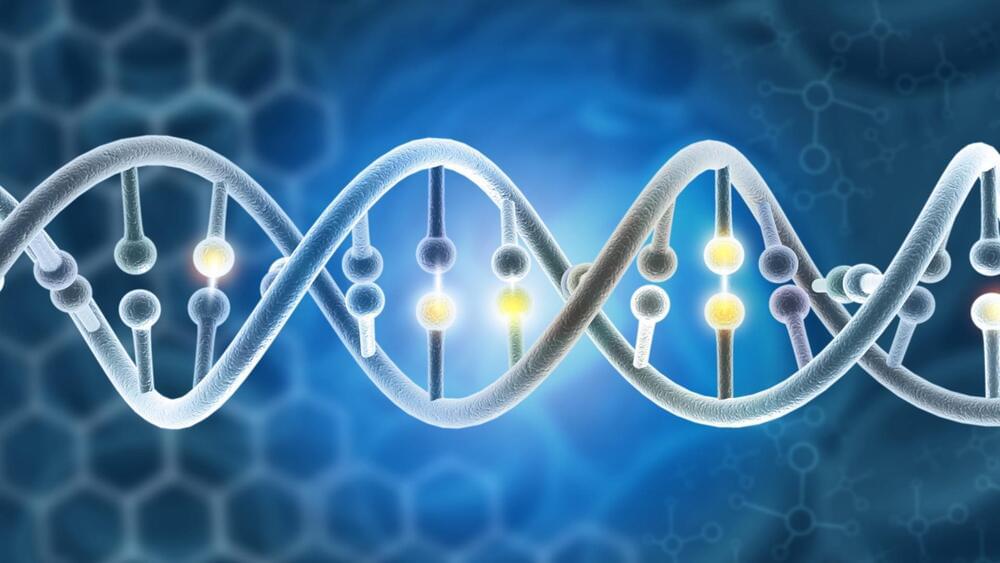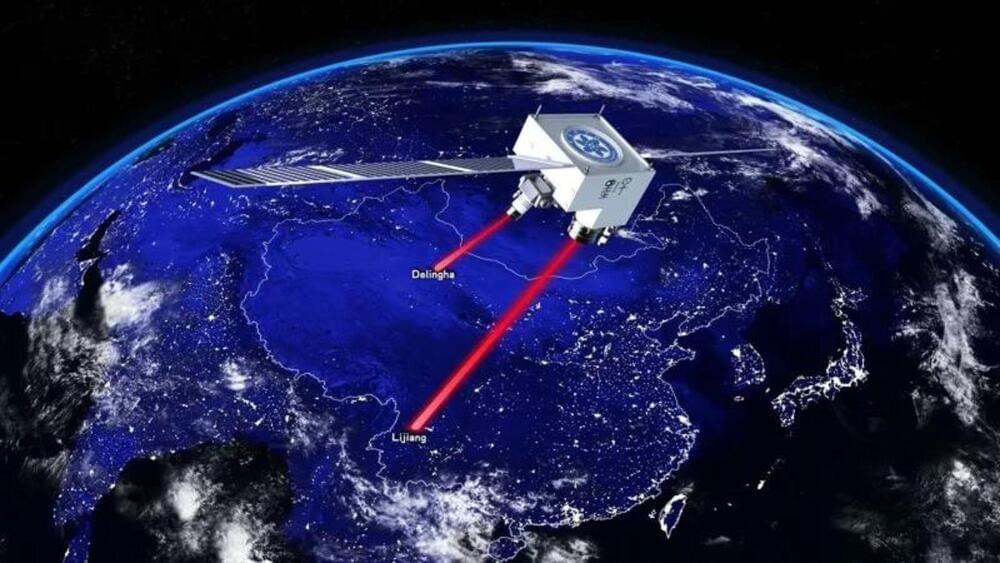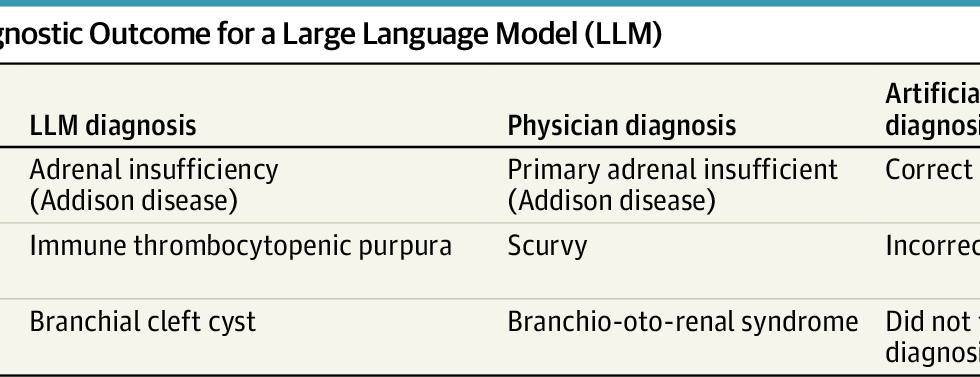Unlike older methods that use things foreign to our bodies, this one doesn’t trigger our immune system and employs small molecules to interact with RNA.
Researchers at Baylor College of Medicine have developed a breakthrough technology to regulate gene expression in gene therapy, addressing the crucial issue of maintaining therapeutic gene levels within a safe range.
This is important because having too much or too little of a gene’s activity within a therapeutic window can cause problems. Their method uses tiny substances in amounts approved by the FDA to control the genes.
Current methods have issues
The current methods for regulating genes have some problems, like causing harmful immune responses.







